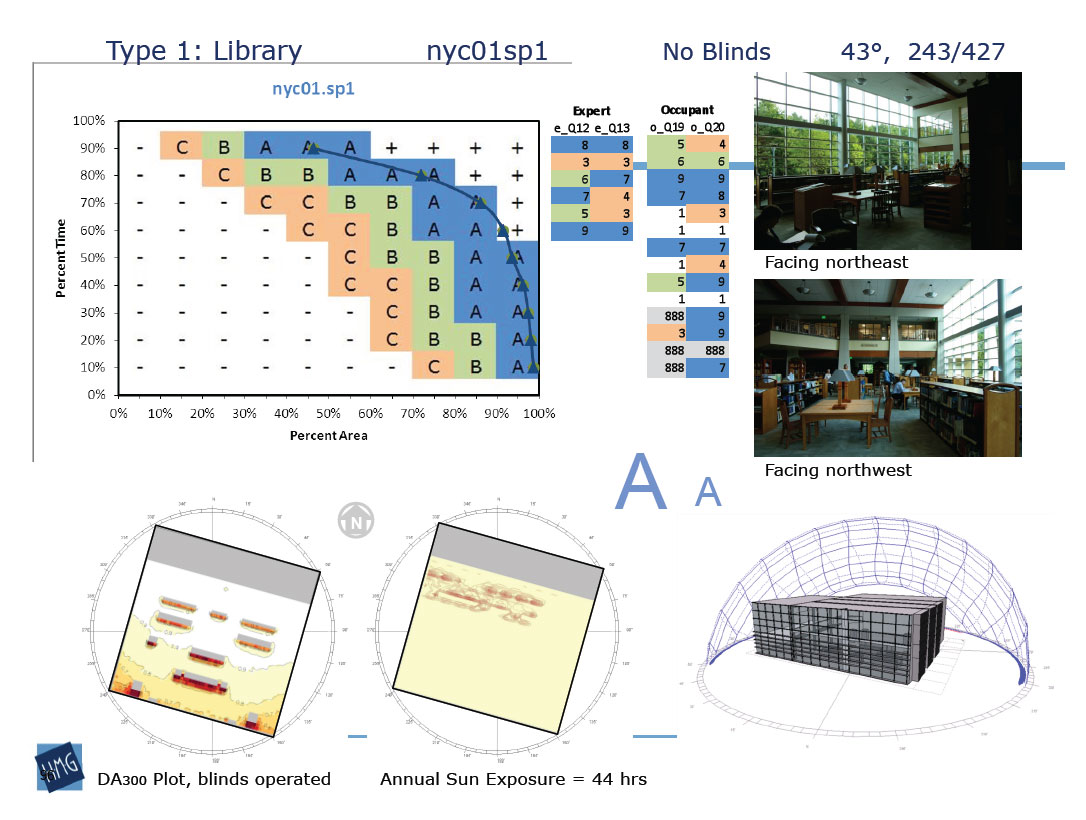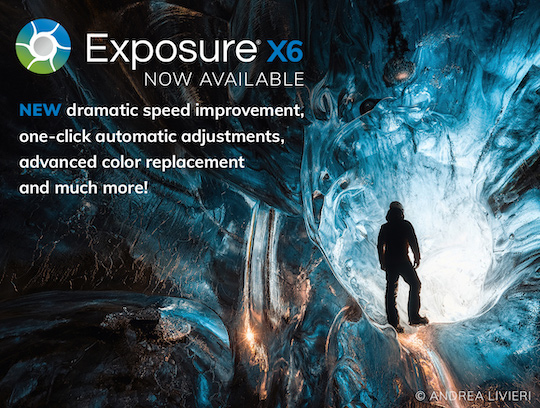

Having clear early-stage metrics is critical for designers to be able to balance these criteria, and make informed tradeoffs among them. It’s worth noting that many of these design moves can also have a significant impact on energy use, meaning that the balancing act actually involves three goals: improving beneficial daylight, minimizing direct sun exposure, and reducing energy use. the design of shading devices (which can be designed to block direct sunlight while admitting indirect light).(A) The number of ASE SNPs in function of tested SNPs per individual (R 2 0.95, p 0.006). the shape of glazing (tall and thin vs. Allele-specific expression (ASE) profile in Nelore.

the amount of glazing on different facades (e.g.the shape and orientation of floor plates,.The best way to address both has to do with fundamental design moves - elements such as: Often, both metrics move in the same direction: adding a window typically increases both sDA and ASE. The architect’s goal is to maximize sDA while keeping ASE in check. ASE provides the balance: the proxy for direct sunlight, and an indicator of potential problems. Why are both metrics needed? Daylight Autonomy contains no upper limit on illuminance levels - so spaces with too much direct sunlight could appear to do quite well. Specifically, ASE measures the percentage of floor area that receives at least 1000 lux for at least 250 occupied hours per year. Specifically, it describes the percentage of floor area that receives at least 300 lux for at least 50% of the annual occupied hours.Īnnual Sun Exposure (ASE) describes how much of space receives too much direct sunlight, which can cause visual discomfort (glare) or increase cooling loads. Spatial Daylight Autonomy (sDA) describes how much of a space receives sufficient daylight. The USGBC codified two of these metrics in LEED v4: Spatial Daylight Autonomy (sDA) and Annual Sun Exposure (ASE) - metrics that together paint a clear picture of daylight performance and (perhaps more importantly) can help architects make good design decisions. they summarize performance over the entire year). In recent years the profession has moved toward dynamic daylighting metrics, which are location-based (they use actual weather data, similar to energy modeling tools) and annualized (i.e.
#Ase exposure x pro
illuminance on September 21st at 3:00 pm) can be useful for understanding best- or worst-case scenarios, but don’t give a good picture of whether a space or building is performing well overall. Dahua DH-IPC-HDBW5442RP-ASE(0280B) Dahua, Eco-savvy 4.0 Pro AI series 4MP Starlight+ IR dome camera, triple streaming H.264/H.265, 25bps4MP, 50 bps1920 x.

Daylight Factor, once a common metric, has fallen out of favor because it is entirely independent of location, climate, and building orientation, and has proven a poor predictor of actual performance. Over the past decade, the architecture industry has experimented with many metrics for measuring daylighting.


 0 kommentar(er)
0 kommentar(er)
